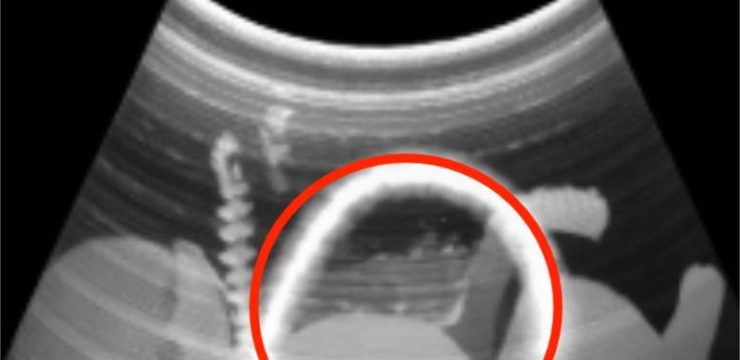Let’s face it—eggs are a kitchen essential. Whether you’re whipping up a fluffy omelet for breakfast, baking a decadent cake, or just making a quick snack, eggs always seem to make their way into the recipe. But here’s the thing: even though eggs come in a sturdy shell, they don’t last forever. And using bad eggs? That’s a fast track to ruined meals—or worse, food poisoning. So how do you tell if those eggs sitting in your fridge are still safe to eat? This guide will walk you through a few foolproof ways to check, including the classic “float test,” reading the packing date on the carton, and using your own senses to spot a bad egg before it cracks your day.

1. Start with the Packing Date on the Carton
When you grab a carton of eggs from the store, don’t just look at the expiration date. Instead, check for the packing date, usually printed in Julian format (a three-digit number representing the day of the year the eggs were packed). For example, “032” means the eggs were packed on February 1st. While this code may look confusing at first, it’s a handy indicator of freshness. If stored properly in the fridge, eggs are typically good for about four to five weeks after that date. Still, most experts recommend using them within three to five weeks after purchase for the best flavor and texture.
2. Try the Easy Float Test
The float test is a classic trick that’s as simple as it is effective. All you need is a bowl of water and your eggs. Gently place an egg in the water and watch what it does. If it sinks and lies flat on its side, congrats—you’ve got a very fresh egg on your hands. If it sinks but stands upright, it’s still safe to eat, but it’s getting older. And if it floats to the top? That egg’s a goner. Floating eggs mean the air pocket inside has grown, which only happens as moisture escapes and the egg gets stale. When in doubt, float it out.
3. Use Your Senses: Look, Smell, and Shake
Your senses can be your best allies when checking eggs. First, give the egg a quick sniff—fresh eggs usually have little to no odor, maybe a faint earthy or grassy scent. If the egg smells sulfuric or just plain rotten, toss it. Next, check the shell. Any cracks, slimy residue, or strange discoloration could be a sign of contamination. A clean, smooth shell is what you want. For extra peace of mind, try the shake test. Hold the egg up to your ear and give it a gentle shake. If it feels sloshy inside, like liquid moving around, it’s probably spoiled. Fresh eggs are thicker inside and won’t make much noise when shaken.
4. Consider How the Eggs Were Produced
Not all eggs are created equal. The way hens are raised can impact the quality and freshness of the eggs they produce. For instance, free-range chickens—those allowed to roam outdoors—tend to be less stressed, which experts believe leads to better egg quality. Happy hens often mean healthier, tastier eggs. So when shopping, take a moment to consider where your eggs are coming from. Organic or pasture-raised options might cost a bit more, but they often come with added freshness and peace of mind.
5. Enjoy Eggs the Safe and Smart Way
Knowing how to check your eggs before using them is a small step that can make a big difference in your kitchen. By keeping an eye on the packing date, doing the float test, and using your senses, you’ll avoid the risk of cooking with bad eggs. Plus, understanding how eggs are produced gives you more control over the quality of what you’re putting on your plate. So the next time you’re reaching for that carton in the fridge, remember—you’ve got the tools to crack the freshness code.
With these simple tips, you can enjoy your eggs with confidence—whether you’re making sunny-side-up for breakfast or a batch of cupcakes for dessert.





